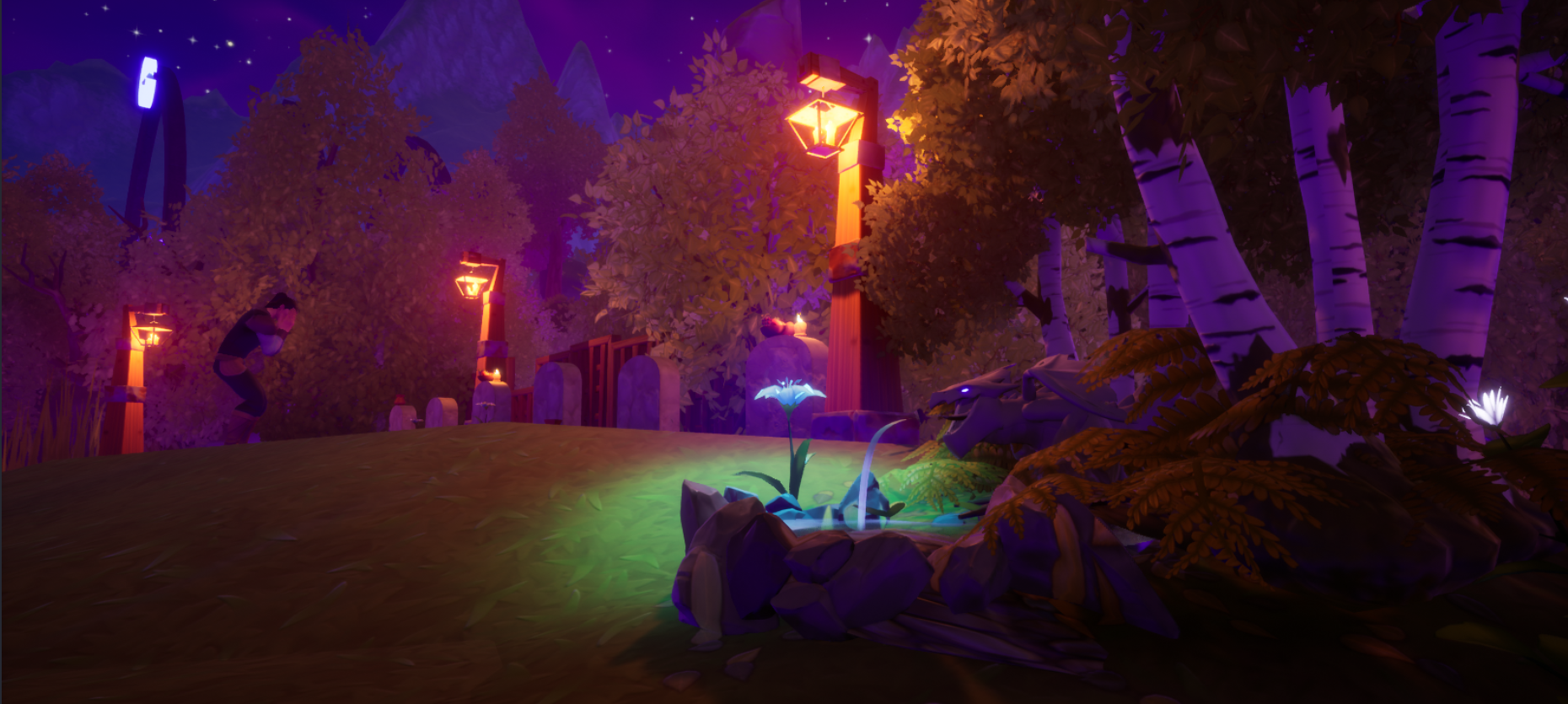
Core D&D Game Jam Project - Revisited
(Entire project is published as editable so you can clone this game in Core to check out any part you want!)
Lunatic was a month-long Core Game Jam project that I dove into right after my internship in late 2020. Given that it was my first time in a new game engine (Core) and my first foray into networking, it was by far my most ambitious project yet.
The game jam was Dungeons & Dragons themed, I opted for a narrative driven game with as much world building as I could pack into a single 20-30 minute experience. This was also a big challenge for me and I enlisted the assistance of my girlfriend with story and set dressing.
Now, I should preface this by saying at the time Core was very early in public beta, so I was challenged with working around some elements of the engine that were missing or were optimized for certain types of games/experiences. That said it was ultimately my own naivety that lead to my greatest mistake. For the entire month I was learning, testing, and refining in the editor preview window, which did not appropriately represent the true live environment. Because of that I had some serious client/server context issues that brought down my final submission with half-functional mechanics.
I spent the next 6 months or so learning more about Core and experimenting while looking for work and trying to get some startup projects off the ground. I have since gone back and completely reworked every section (details below).
It was a really great feeling to come back to such an ambitious project that was difficult for so many reasons. Having a much greater understanding of the systems and intricacies of the game engine, it was really empowering to just effortlessly work my way down the long checklist of fixes I had to make.








